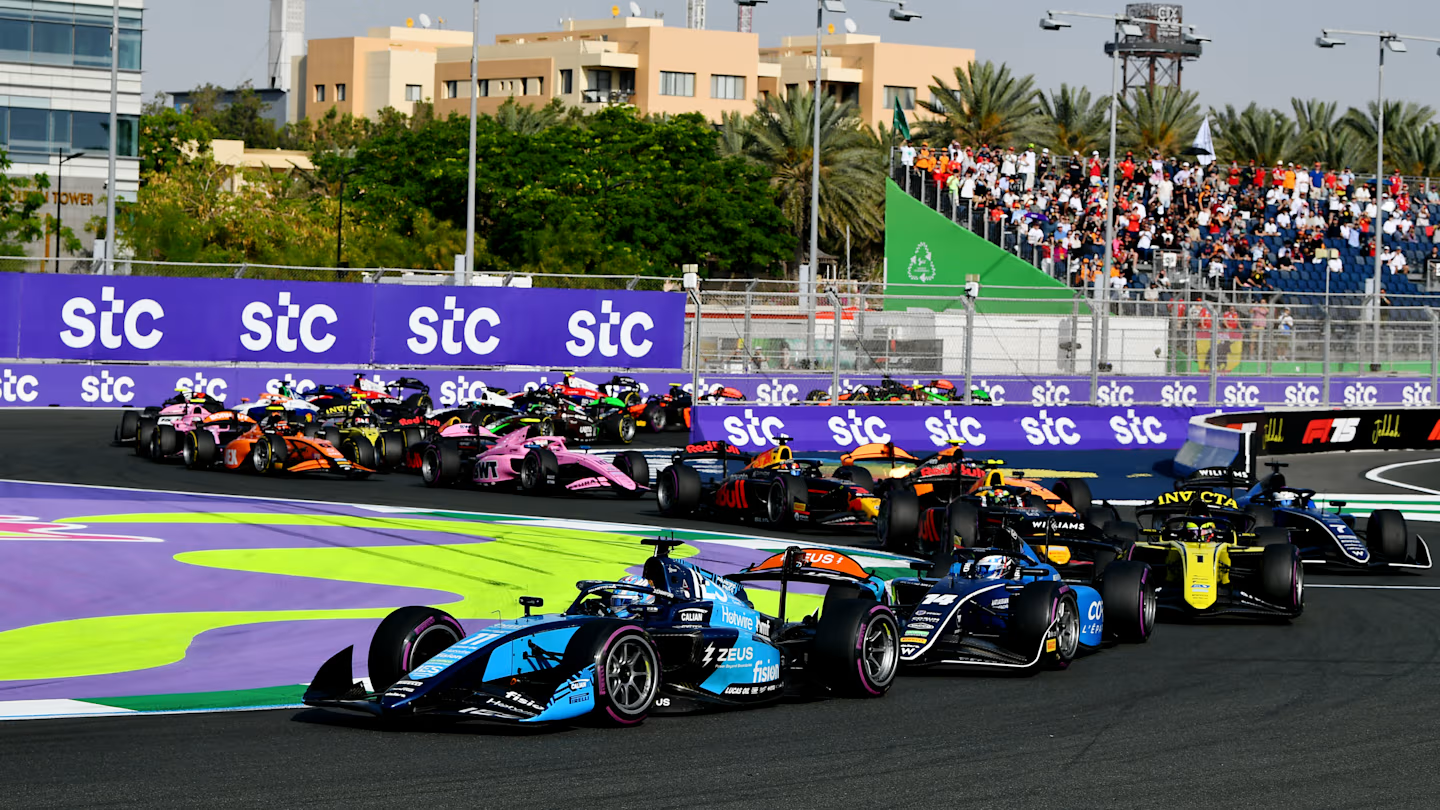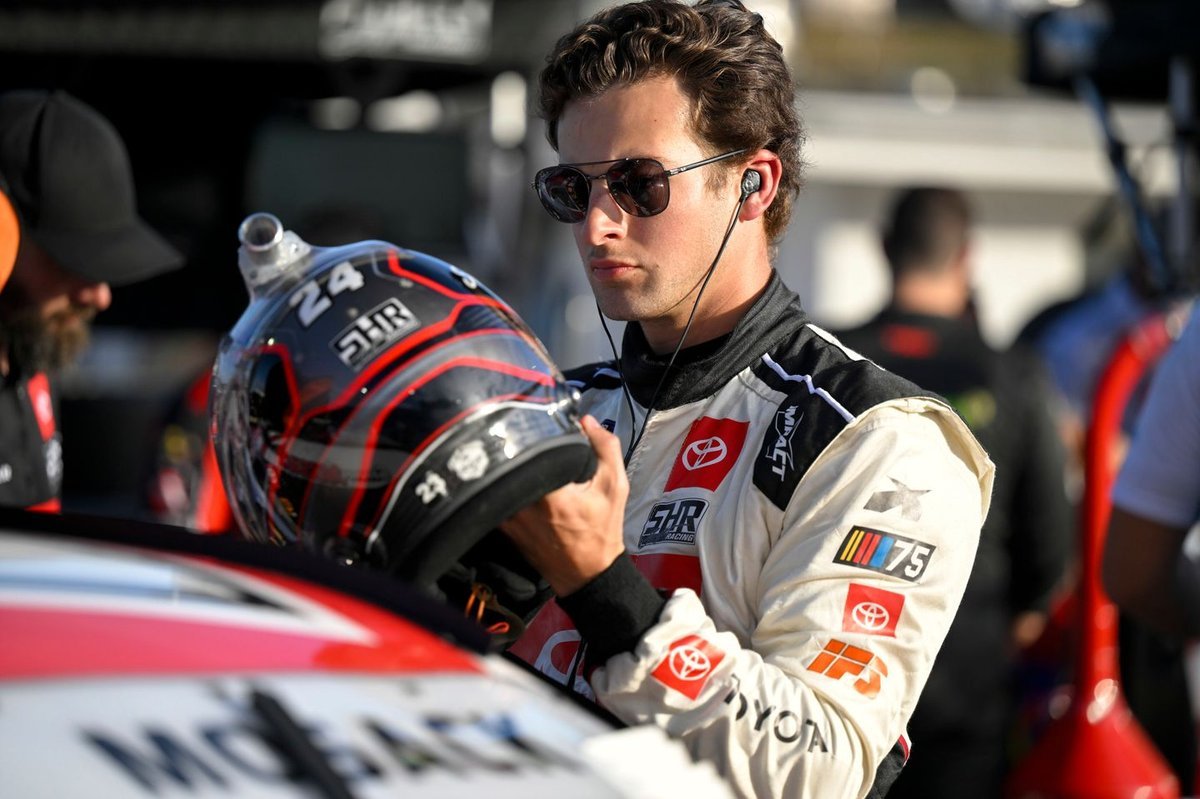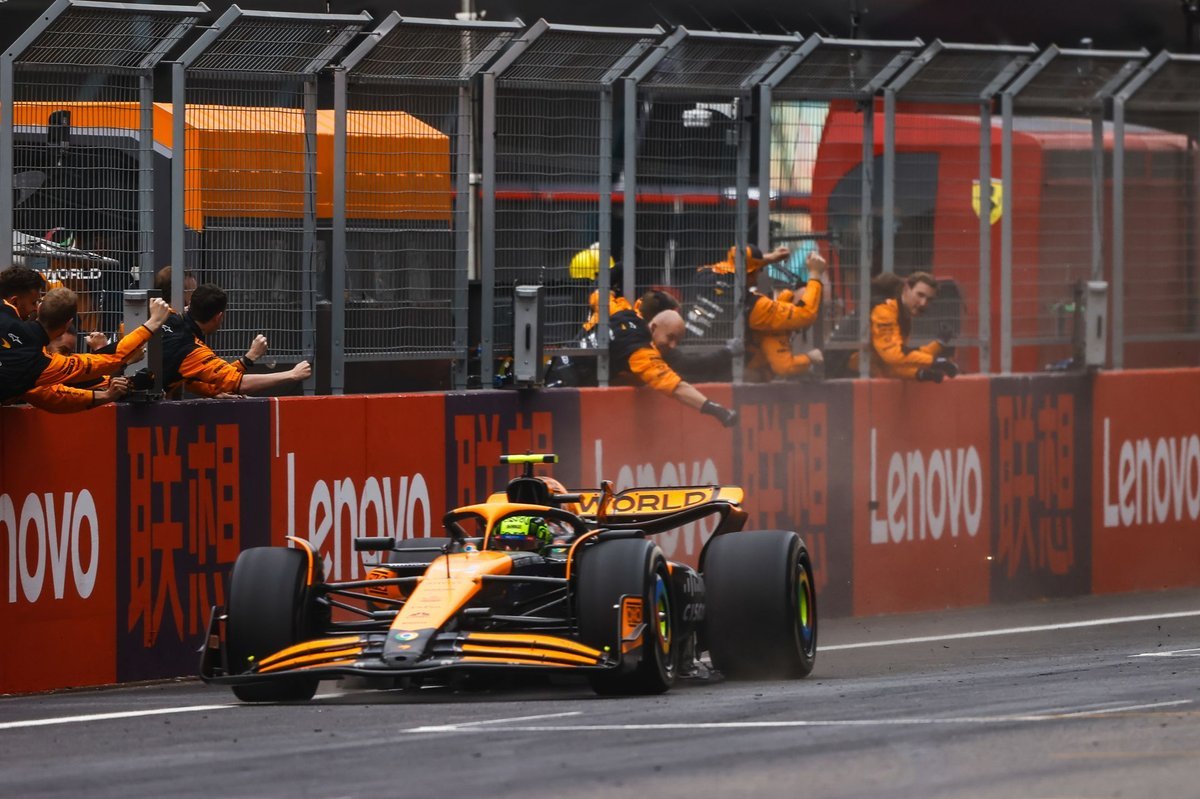
Formula 1, a pinnacle of technological advancement and competition, is rapidly reshaping its future around sustainability. As the sport approaches 2026, sustainable fuels have moved from ambitious targets to central pillars of its environmental strategy. We delve deep into the lessons, breakthroughs, and transformative impacts that sustainable fuel development is instilling within Formula 1, and how it promises to redefine global motorsport.
The Strategic Drive Toward Net-Zero in Formula 1
In 2019, Formula 1 boldly committed to achieving a net-zero carbon footprint by 2030. Sustainable fuels stand as a cornerstone of this pledge. With the announcement of 100% sustainable fuel usage in the next generation of hybrid engines by 2026, the sport is not merely adapting but actively leading the green revolution in automotive technology. The engines, representing an ultra-efficient synergy of electric and internal combustion power, will rely on fuels synthesized from non-fossil sources, including bio-waste, carbon capture, and renewable energy.
By engineering solutions that work within the same performance and packaging constraints expected at the pinnacle of motorsport, Formula 1 is setting a template for the automotive sector globally.
Collaboration with Global Energy Leaders
To realize the vision of sustainable fuels, Formula 1 has partnered with industry titans like Aramco and other leading fuel suppliers. These collaborations focus on creating second-generation biofuels and synthetic fuels that do not compete with food supplies or agricultural resources.
The emphasis is on:
- Non-food biomass sources: like agricultural waste and algae
- Direct air capture carbon recycling: producing hydrocarbons from atmospheric CO₂
- Renewable energy-driven synthesis: using green hydrogen for e-fuel production
These innovations are designed to be scalable and applicable not only to F1 but also to aviation, shipping, and global transportation sectors, ensuring a far-reaching impact beyond the track.
Lessons in Engineering: Matching Performance with Sustainability
One of the greatest technical challenges Formula 1 faces is ensuring that sustainable fuels can deliver the same, if not greater, performance as traditional fossil fuels. This is critical to maintaining the high-octane excitement that fans expect.
Key lessons being learned include:
- Energy Density Optimization: Sustainable fuels must provide comparable calorific value to petrol to maintain speed and power output.
- Combustion Efficiency Tuning: Advanced research into ignition characteristics and flame propagation ensures optimal performance with minimal emissions.
- Hybrid System Integration: The new fuels must seamlessly work with increasingly powerful Energy Recovery Systems (ERS), enhancing the electric-to-combustion interplay.
This process pushes combustion science to new heights, benefiting sectors that require high-efficiency engines, such as aerospace and long-haul logistics.
Pioneering a Global Blueprint for Sustainable Motorsports
The sustainable fuel initiative is not an isolated project within Formula 1; it is designed to catalyze a wider transformation. The lessons being integrated at the elite level of racing are being shared with feeder series like Formula 2 and Formula 3, which have already moved to sustainable fuels from 2023 onwards.
This vertical integration ensures that from grassroots to Grand Prix, motorsport aligns itself with the global drive for environmental responsibility. Additionally, it presents a scalable model for other racing championships, including endurance racing and rallying, to adopt.
Regulatory Evolution: Crafting the Framework for Sustainable Success
The FIA, Formula 1’s governing body, is meticulously crafting regulations to support sustainable fuel development without compromising the sport’s competitive integrity.
Notable regulatory frameworks include:
- Fuel Homologation Standards: Strict quality control ensures that fuels meet performance, environmental, and safety criteria.
- Power Unit Constraints: Emphasizing energy efficiency and thermal recovery to reduce overall emissions.
- Life Cycle Carbon Accounting: Measuring not just tailpipe emissions, but the full carbon footprint from fuel creation to consumption.
These measures guarantee that sustainability in Formula 1 is authentic and measurable, aligning with broader international climate goals.
The Future: Merging Electrification and Carbon-Neutral Fuels
While fully electric series like Formula E explore battery technologies, Formula 1’s hybrid and sustainable fuel pathway targets a much broader global market. Most vehicles worldwide will still require liquid fuels for decades, and F1’s leadership in carbon-neutral fuel development is crucial to meeting this demand.
Emerging technologies anticipated to enhance sustainable fuel adoption include:
- Advanced Hydrogen Carriers: Liquid organic hydrogen carriers (LOHC) could make hydrogen transportation safer and more practical.
- Smart Hybrid Architectures: Systems that optimize when and how electric and combustion elements operate, maximizing energy use.
- AI-driven Engine Management: Artificial intelligence will fine-tune combustion and energy recovery strategies in real time for peak efficiency.
Through these advances, Formula 1 aims to stay at the forefront of technological evolution while safeguarding the planet.
Conclusion: A Race Toward a Greener Future
Formula 1’s transition toward sustainable fuels is more than a technological shift; it is a redefinition of the sport’s DNA. The invaluable lessons learned through the meticulous development, testing, and deployment of these fuels promise a future where thrilling speed and environmental stewardship go hand-in-hand. As sustainable fuels become a reality on the world’s greatest racing stages, Formula 1 reaffirms its place not only as a pioneer of speed but as a champion of global sustainability.













